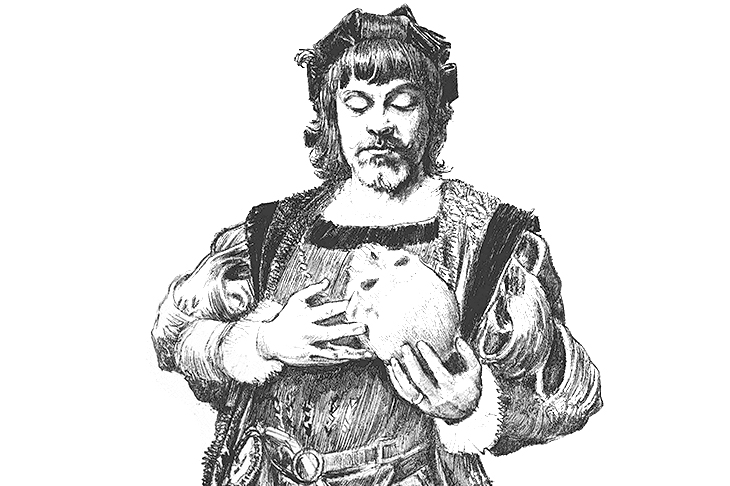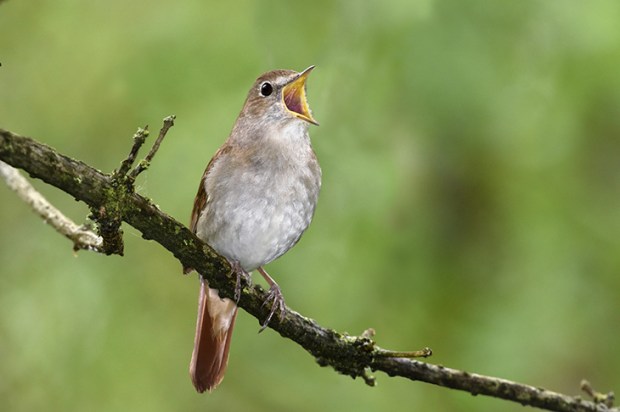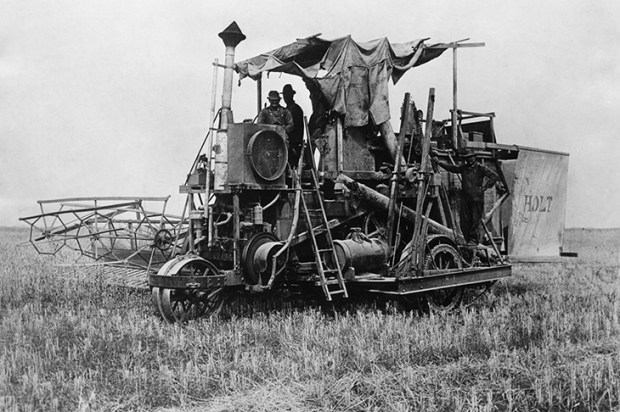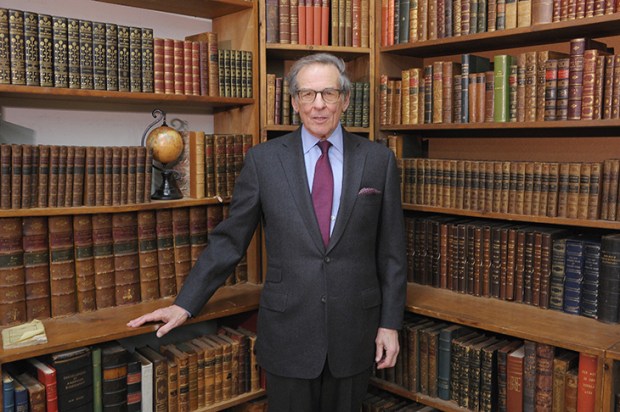Do you regard fat as a noun, a food substance all humans eat and need? Or as an adjective, denoting something you want to avoid being? Though the subtitle seems to indicate that this disturbing, closely argued book has the olive oil vs lard culinary axis as its subject, Christopher Forth dispenses with the food attributes of fat in his first few chapters.
For the ancient Hebrews, fat was usually olive oil. But for ritual sacrifices, Yahweh seemed to prefer animal fat, as do the Ashkenazi remnant of His chosen people, with their relish of salt beef and schmaltz. Much the same was true of the Greek and Roman religious rites, whose gods were offered not much more than the mouth-watering aroma of roasting meat. As for our even earlier ancestors, as Richard Wrangham noted in his Catching Fire: How Cooking Made Us Human, the ability to cook other creatures made the fat from brains and marrow accessible to them, allowing the evolutionary development of our own smaller digestive systems and larger brains.
‘The science of lipidomics,’ writes Forth, ‘acknowledges no chemical distinction between fats and oils.’ Adipose tissue, like vegetable-derived oil, can be either solid, or liquid enough to fuel lamps for lighting; both share the tactile qualities of being unctuous or greasy, soft, moist, sticky and slippery, and the olfactory qualities of odour and taste and flavour. Early humans used fat also as ‘sealants, lubricants, polishes, binders and varnishes, as bases for perfumes, and in medicinal and cosmetic ointments’.
You can see where we’re headed — straight to the sensations of both pleasure and disgust, and to their associated emotions and feelings. From the simple solid or liquid noun we’ve slid to the complex adjectival use of ‘fat’,’ which has links with human fertility, agriculture, medicine and magic. Only a thin sheet of leaf lard separates the adjective ‘fat’ from its positive associations with earth and fertility, and the nasty fat-shaming of our present day.
Classical models of appetite and eating did not allow for gluttony, since the philosophers unanimously agreed that only beasts and slaves could be ruled solely by their appetites. ‘The moderate enjoyment of sensual pleasures,’ Forth points out, was the classical ideal; corpulence seemed to indicate a lack of will-power or submission to baseness, so
fatness and fattening were thus enmeshed in status hierarchies where the human was privileged over the animal, the masculine over the feminine, the free over the slave, and the familiar over the exotic.
Fat was, then as now, a political and moral issue, Forth declares, as illustrations of porcine popes, belly-hugging bishops and ravenous rabbis show. Martin Luther was sometimes portrayed by Catholic propagandists as so fat that he needed a wheelbarrow to carry his protuberant belly. Yet images of a fat Jesus are almost unknown ‘in medieval or early modern art. The Word might indeed have become flesh, just not too much flesh’.
On the other hand, kings are frequently portrayed as fat, representing power, status and wealth. Though only a prince, Hamlet wishes that ‘this too, too solid flesh would melt’, and declares: ‘We fat all creatures else to fat us, and we fat ourselves for maggots. Your fat king and your lean beggar is but variable service — two dishes, but to one table.’
Ripeness is all indeed; but Forth’s book includes a reproduction of a detail from ‘Battle between Lent and Carnival’ (c.1600) by Bruegel the Elder, which shows that cannibalism is always a possibility. An emaciated man, teeth bared, with no appearance of malice and a caressing hand, gnaws on the plump cheek of another, who seems a bit confused; while a third man looks straight at the viewer and grins. The author’s elegant caption to this alarming image teases us about the Eucharist, reminding us that the ‘symbolic anthropophagy so common in the West barely conceals troubling reminders of human edibility’.
Forth feeds the reader some toothsome titbits in this unnerving but gripping book. He comments that the nouvelle cuisine that started in the 1970s sought to distance us from ‘the coarser aspects of animal life’, both by the chefs’ smaller portions and by the minimalist manner in which they served them, and decries our obsession with healthy eating as a species of magical thinking. ‘Diets ostensibly aimed at forestalling death,’ he writes, ‘may result in lifestyles that treat “life” as a problem. We may all be encouraged to eat organic, but not because we are entirely comfortable being organic.’ Our stereotypes of fat, and our dislike, even horror, of those we currently see and shame as departing from some ideal body-shape degrade and dishonour us:
We are the ones who participate in the weaponising of history so it can be wielded at others. In some respects, then, it may be the weight of history, more than the burden of flesh, that encumbers us the most.
Got something to add? Join the discussion and comment below.
Get 10 issues for just $10
Subscribe to The Spectator Australia today for the next 10 magazine issues, plus full online access, for just $10.
You might disagree with half of it, but you’ll enjoy reading all of it. Try your first month for free, then just $2 a week for the remainder of your first year.














Comments
Don't miss out
Join the conversation with other Spectator Australia readers. Subscribe to leave a comment.
SUBSCRIBEAlready a subscriber? Log in